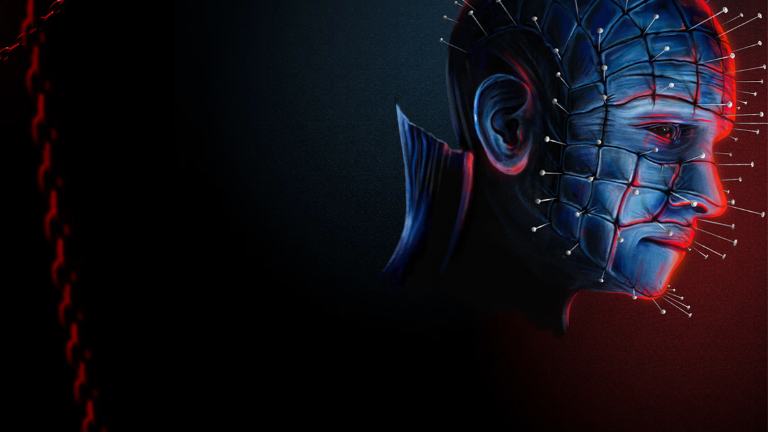
We are so Back: ‘80s Horror
Written by on Jan 24, 2025 12:02 PM
Clive Barker, David Cronenberg, John Carpenter, Sam Raimi, and Wes Craven are some of the legendary directors that defined one of the greatest decades for horror in cinema. This was a time that saw the rise of low-budget films, advancements in special effects, and a counterculture movement that permeated into, not just Hollywood, but the zeitgeist of America.
This decade was the 1980s, when horror movies weren’t just films, they were cultural events. A time where filmmakers began breathing new life into surface-level fears and predictable jump scares that audiences grew accustomed to – injecting gore, creating invincible killers, the final girl trope, exploring body horror, the paranormal, and overall presenting viewers with digestible avatars of good and evil.
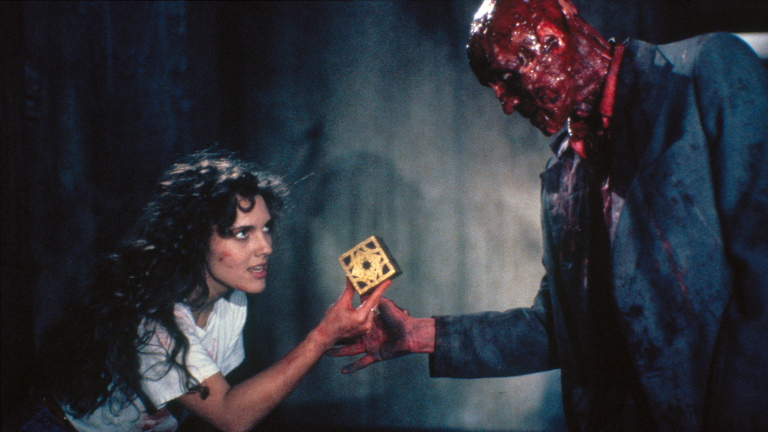
With the newly remastered 4K release of Clive Barker’s directorial debut Hellraiser (1987) coming to theatres nationwide February 5 & 6, we are exploring why this decade is considered one of the greatest for the genre.
Special Effects and the Gore Revolution
Long before the creeping tendrils of the digital age, ‘80s filmmakers were pushing the boundaries of special effects in cinema, bringing their nightmarish visions of blood, guts, alien abominations, mutations, and realistic dismemberments to the genre. Audiences were slowly introduced to the impact of special effects and their gory revolution in horror.
Rick Baker arguably pushed the art form into the spotlight with his hauntingly realistic usage of prosthetics, makeup, and animatronics in An American Werewolf in London (1981). Working closely with director John Landis, Baker successfully haunted viewers’ imaginations as David Kessler — played by David Naughton — transformed into a werewolf onscreen.
The revolutionary special effects inspired the Academy of Motion Picture Arts and Sciences to add the Best Make-Up category to the Oscars®, of which Baker became the first recipient of [1]. An American Werewolf in London remains an iconic staple of ‘80s horror, inspiring contemporary directors such as Edgar Wright, who has cited the film as having a huge influence on the way he approaches comedy and horror [2].
On the other hand, Sam Raimi and Tom Sullivan pushed the envelope in a new direction with the cult classic feature, Evil Dead (1981). Hailed for its brutal, graphic, and unrelenting horror, longtime friends Sam Raimi, Bruce Campbell, and Tom Sullivan set out to create a supernatural picture influenced by H.P. Lovecraft. With a low budget, the team implemented buckets of blood and special effects to achieve their visions, and in doing so earned an X rating on release. While not considered a theatrical success, the film was endorsed by Stephen King; and with the rise of home video release, Evil Dead gave birth to the splatter feature, inspiring countless films and propelling Sam Raimi into Hollywood.
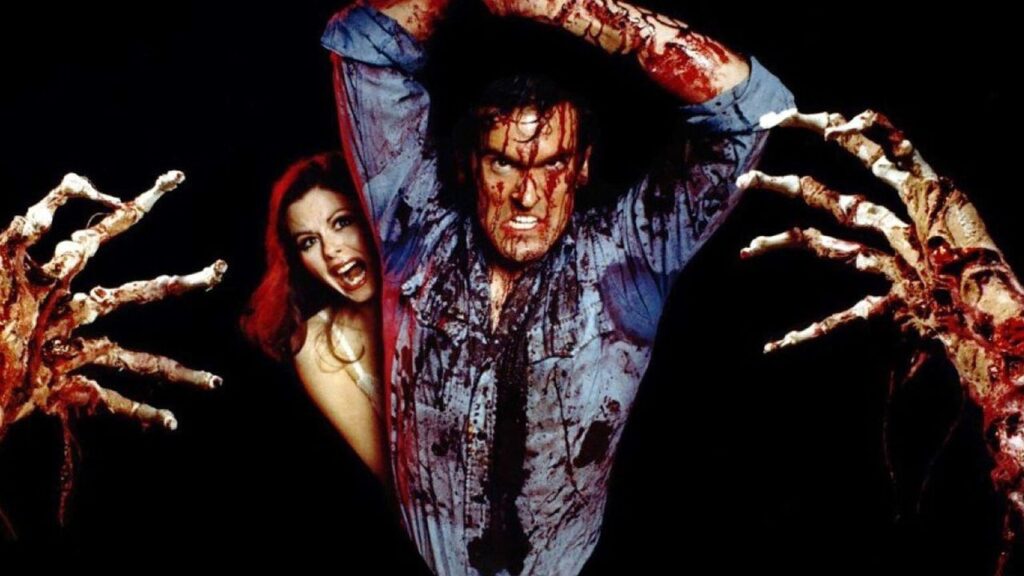
Clive Barker’s Hellraiser (1987) incorporated special effects and gore to explore sexual taboos of the time and introduce the world to one of the most iconic characters in cinema, Pinhead. Unlike the unstoppable killers of classic ‘80s slashers, Pinhead and the Cenobites — the demonic beings that hunger for blood — can only be summoned by those who unlock the Lament Configuration. Once open, a portal is created that allows these beings to cross into our world, tearing apart the soul of the unlucky individual who solves the puzzle.
Much like the body horror of David Cronenberg — who explores the pleasures of the flesh in ‘80s films such as Scanners (1981), Videodrome (1983), and The Fly (1986) — Pinhead’s gory transformation, and arguably one of the most memorable for horror fans, is a product of the character Frank Cotton’s lustful habits. Hellraiser remains a staple of the gory revolution found in ‘80s cinema, and a film that horror directors cite as one of their favorites.
The Golden Age of Slasher Films
The 1980s is often known as the golden age of slasher films. While movies like Black Christmas (1974), The Texas Chainsaw Massacre (1974), and Halloween (1978) introduced the world to the concept of the subgenre, the ‘80s embraced it, catapulting it into the mainstream and creating some of the most beloved slasher franchises to date.
The formula was simple and inexpensive to produce, with most of the costs going towards practical effects. All that was required was a group of teens, an isolated setting such as a summer camp or a suburban neighborhood, an unstoppable killer, and one female protagonist who survives the ordeal.
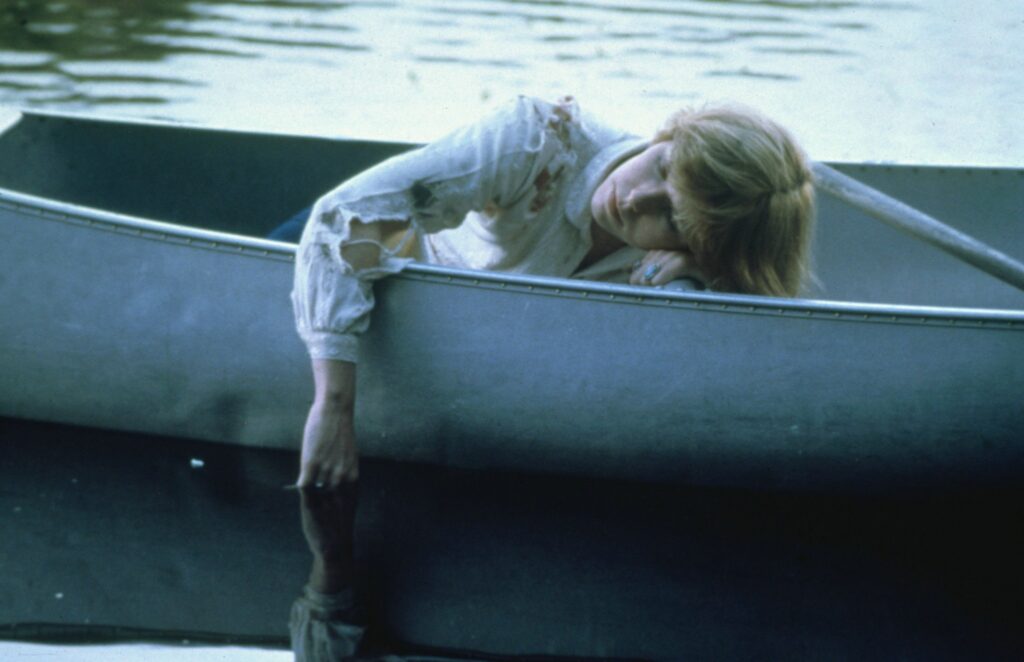
Films such as Friday the 13th (1980), My Bloody Valentine (1981), and Sleepaway Camp (1983) exploded onto the scene, making significant box office returns as viewers quickly became fans of these tropes. Studios saw the opportunity to start pumping out sequels, with Friday the 13th Part 2 (1981) and 3 (1982) releasing only a year after the original. This in turn led to the iconic franchise we know and love today.
Similarly, legendary horror director Wes Craven introduced his version of a slasher villain in his 1984 masterpiece, A Nightmare on Elm Street. Freddy Krueger stood out for his ability to invade and kill teenagers in their sleep, blending the supernatural and traditional slasher genres. Much like Jason Voorhees, Freddy Krueger haunted the dreams of fans who eagerly awaited the next installment and the creative kills they would see on screen.
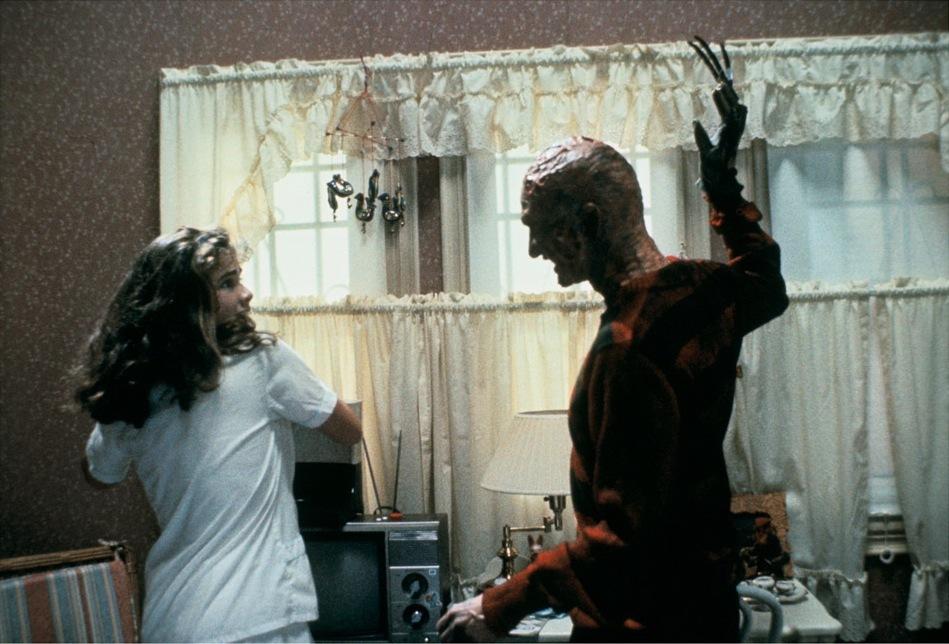
Another reason why the ‘80s is considered the golden age of the slasher was largely due to the cultural climate of the time. With economic uncertainty, growing political conservatism, and social anxiety looming in everyone’s mind, the slasher formula was able to tap into these fears. The devious immoral behaviors such as drinking, drugs, and sex played into the mindset of the youth going astray. The final girl acted as a way for audiences to connect with the empowering, pure figure that fought back against the killer.
The subgenre stagnated slightly over time, as more and more slasher films oversaturated the market, and audiences gravitated towards psychological or supernatural horror in the coming decades. The influence of the ‘80s slasher made a resurgence in contemporary cinema with films such as Fear Street (2021) and X (2022), paying homage while simultaneously reinventing the subgenre.
From revolutionary special effects and the gore revolution to the golden age of the slasher, the 1980s helped define contemporary horror as we know it today. It marked a time where the genre was pushing the boundaries of style and subject matter, creating a pivotal moment in horror cinema.
Sign up for our newsletter to keep up to date with all our screenings.
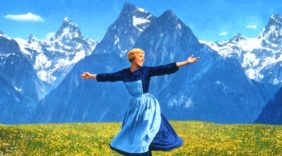

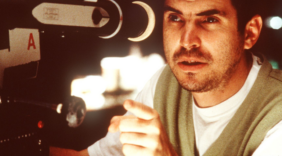
"*" indicates required fields